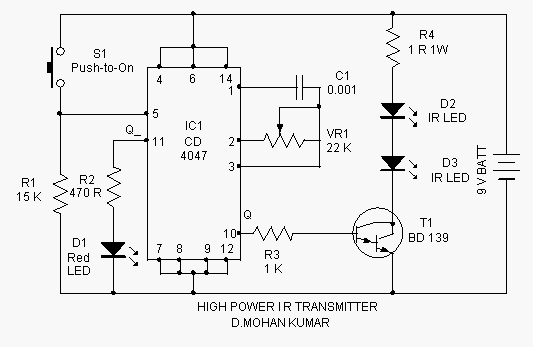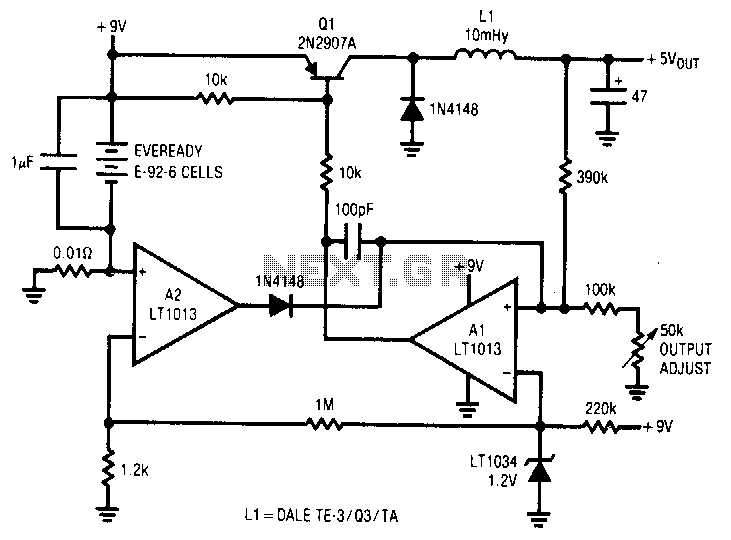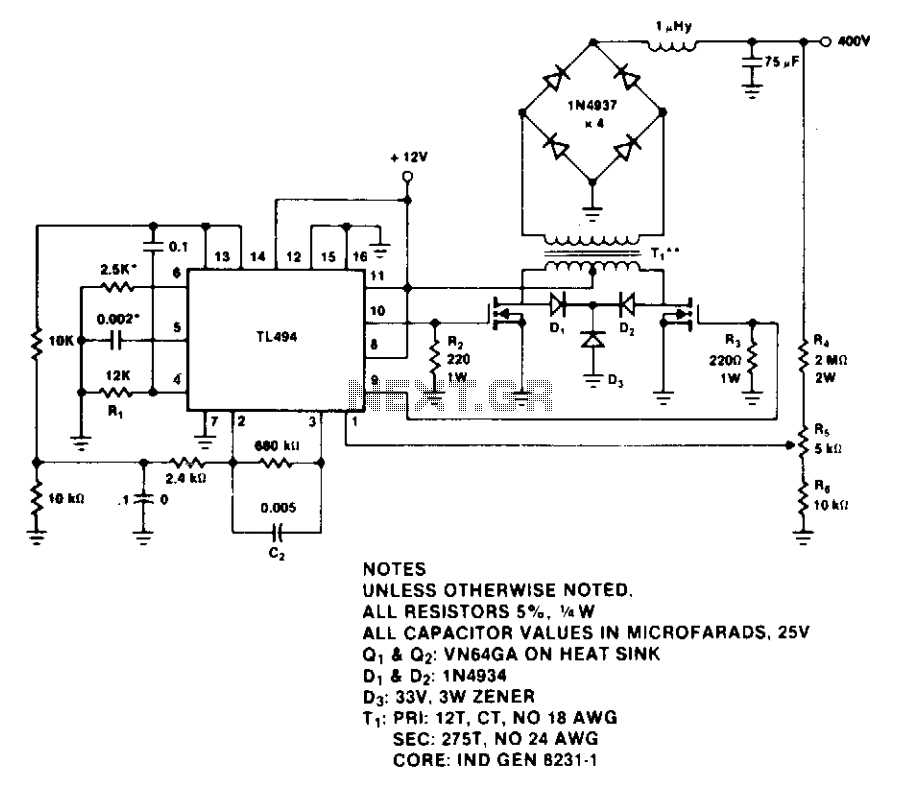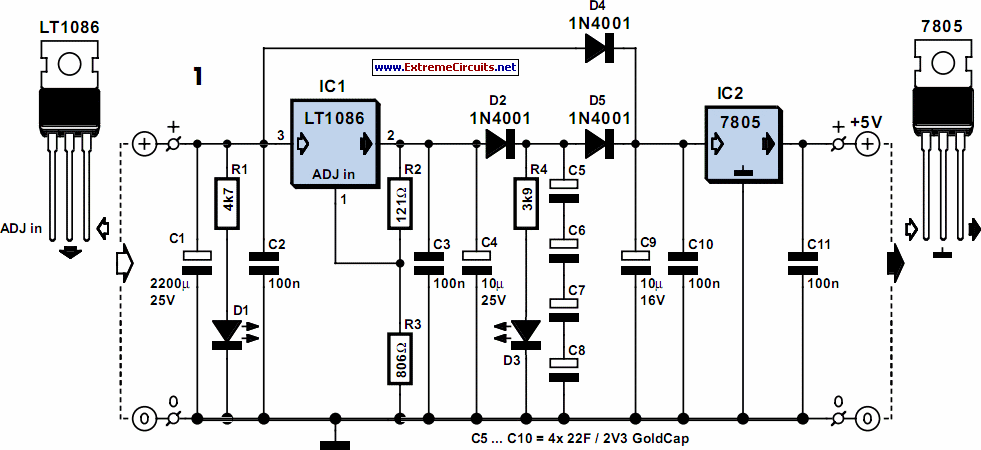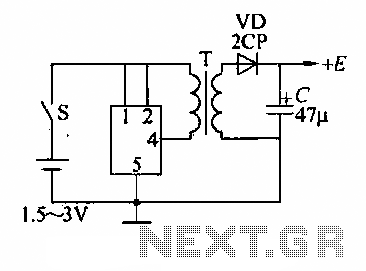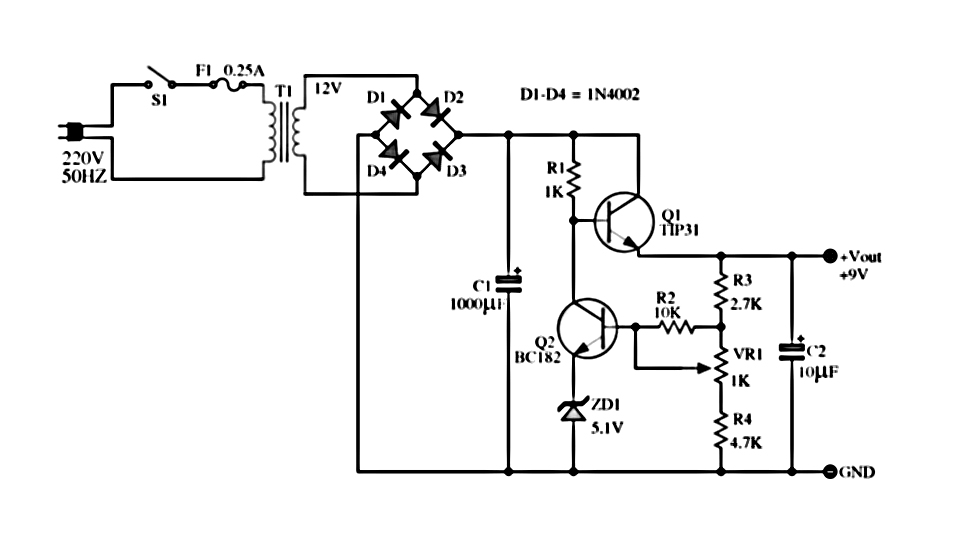
HHO generator power supply
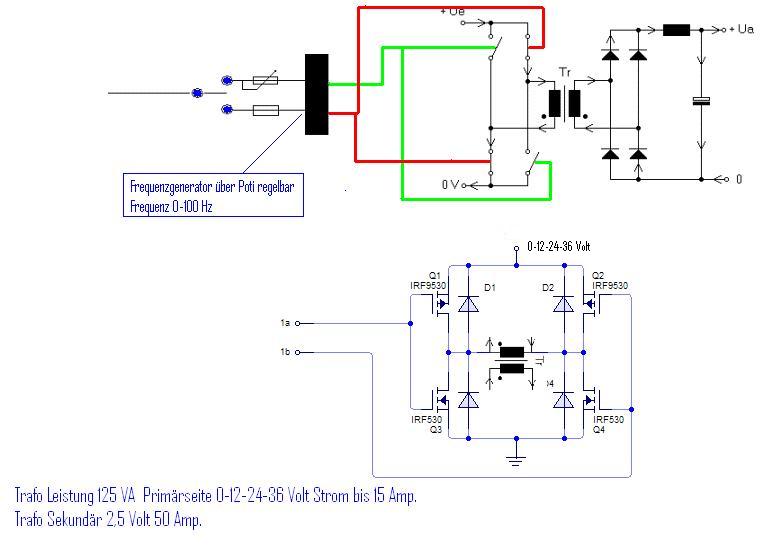
The simplest way to harness free available energy is by utilizing solar cells. A single efficient solar cell, when paired with a well-configured HHO generator, can produce a significant amount of gas suitable for various applications, all without incurring any costs for the gas. In regions with consistent winds, there is no need for substantial investments to capture wind energy. An old American Western windmill, combined with a specialized electric generator and gas generator, is sufficient. These windmills operate at low RPM but provide high torque. Additional information about this system will be available soon. For installation in a vehicle, the generator must be configured to operate at 13.8 volts. If the generator is not pre-configured, it can be powered using various controllers.
Solar energy collection through solar cells is an efficient method for generating renewable energy. Solar cells convert sunlight directly into electricity through the photovoltaic effect. When integrated with an HHO (hydrogen and oxygen) generator, the system can produce oxyhydrogen gas, which serves as a clean fuel source for combustion engines or other applications.
The HHO generator operates by electrolyzing water to separate it into hydrogen and oxygen gases. The combination of solar energy and HHO technology allows for a sustainable energy solution, especially in off-grid applications. The efficiency of the solar cell is crucial, as it determines the amount of energy available for the HHO generator.
In areas with consistent wind, traditional wind energy harvesting can also be employed. The American Western windmill, known for its low RPM operation and high torque, is particularly suitable for this purpose. It can drive an electric generator that produces electricity to power the HHO generator or charge batteries for later use. This system's design is advantageous for remote locations where conventional energy sources are unavailable or impractical.
For automotive applications, the generator must be configured to operate at 13.8 volts, which is a common voltage for automotive electrical systems. If the generator is not initially set up for this voltage, various controllers can be used to adjust the output. These controllers may include voltage regulators or DC-DC converters that ensure the generator operates efficiently within the required voltage range.
This integrated approach to energy generation not only promotes sustainability but also reduces reliance on fossil fuels, making it an attractive option for environmentally conscious consumers and industries. Further details on the configuration and setup of these systems will enhance understanding and facilitate effective implementation.The most simply way to collect all this free available energy is to use solar cells. One good solar cell in combination with one well configured hho generator can produce a lot of gas that can be used for all kind of applications. And the best, never pay one single cent for this gas. If you live in one area having a lot of stable winds, you don`t have to invest millions of dollars to collect this wind energy. All you need is one old American Western Windmill and one special electric generator and gas generator. This Windmills work with low RPM but have one high torque. All info about this system coming soon. If you want to install one generator in your car, the generator must be configured to can operate with 13, 8 Volt.
If the generator isn`t configured you can power up the generator using different controllers like below: 🔗 External reference
Solar energy collection through solar cells is an efficient method for generating renewable energy. Solar cells convert sunlight directly into electricity through the photovoltaic effect. When integrated with an HHO (hydrogen and oxygen) generator, the system can produce oxyhydrogen gas, which serves as a clean fuel source for combustion engines or other applications.
The HHO generator operates by electrolyzing water to separate it into hydrogen and oxygen gases. The combination of solar energy and HHO technology allows for a sustainable energy solution, especially in off-grid applications. The efficiency of the solar cell is crucial, as it determines the amount of energy available for the HHO generator.
In areas with consistent wind, traditional wind energy harvesting can also be employed. The American Western windmill, known for its low RPM operation and high torque, is particularly suitable for this purpose. It can drive an electric generator that produces electricity to power the HHO generator or charge batteries for later use. This system's design is advantageous for remote locations where conventional energy sources are unavailable or impractical.
For automotive applications, the generator must be configured to operate at 13.8 volts, which is a common voltage for automotive electrical systems. If the generator is not initially set up for this voltage, various controllers can be used to adjust the output. These controllers may include voltage regulators or DC-DC converters that ensure the generator operates efficiently within the required voltage range.
This integrated approach to energy generation not only promotes sustainability but also reduces reliance on fossil fuels, making it an attractive option for environmentally conscious consumers and industries. Further details on the configuration and setup of these systems will enhance understanding and facilitate effective implementation.The most simply way to collect all this free available energy is to use solar cells. One good solar cell in combination with one well configured hho generator can produce a lot of gas that can be used for all kind of applications. And the best, never pay one single cent for this gas. If you live in one area having a lot of stable winds, you don`t have to invest millions of dollars to collect this wind energy. All you need is one old American Western Windmill and one special electric generator and gas generator. This Windmills work with low RPM but have one high torque. All info about this system coming soon. If you want to install one generator in your car, the generator must be configured to can operate with 13, 8 Volt.
If the generator isn`t configured you can power up the generator using different controllers like below: 🔗 External reference
